Welcome to Shop Modernly Modest, your one-
stop destination for elegant and thoughtfully curated gift solutions in Sydney and Brisbane.
Make an Enquiry
About Us
Elevate your gifting experience with our exquisite selection of gift hampers, meticulously crafted to delight every recipient.
At Shop Modernly Modest, we believe that gifting is an art form—an expression of thoughtfulness, care, and appreciation. Our journey began with a simple yet profound vision: to redefine the gifting experience by offering a curated selection of elegant and sophisticated gift solutions.
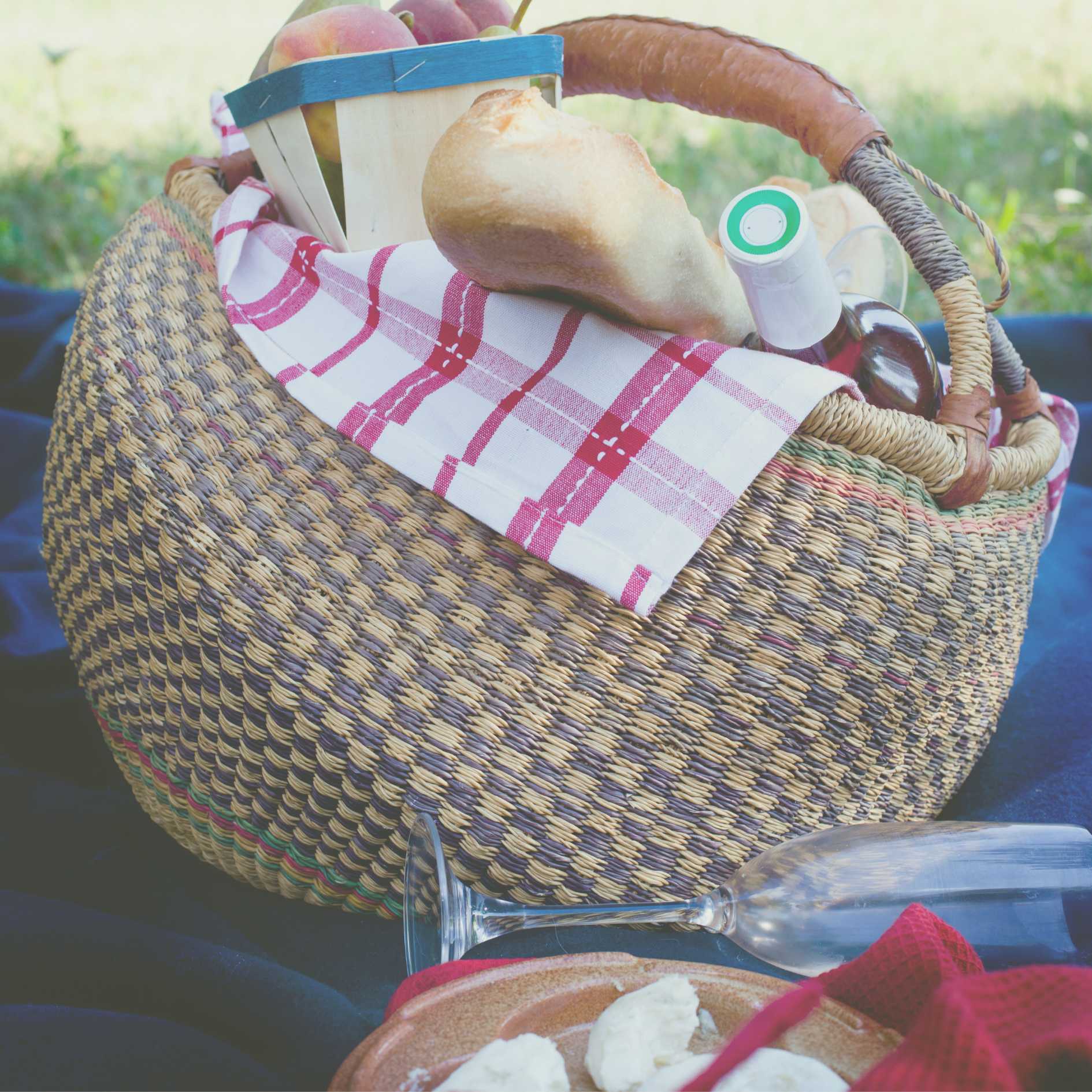
Services
Experience the art of gifting with Shop Modernly Modest. Discover our range of services and find the perfect gift for any occasion.
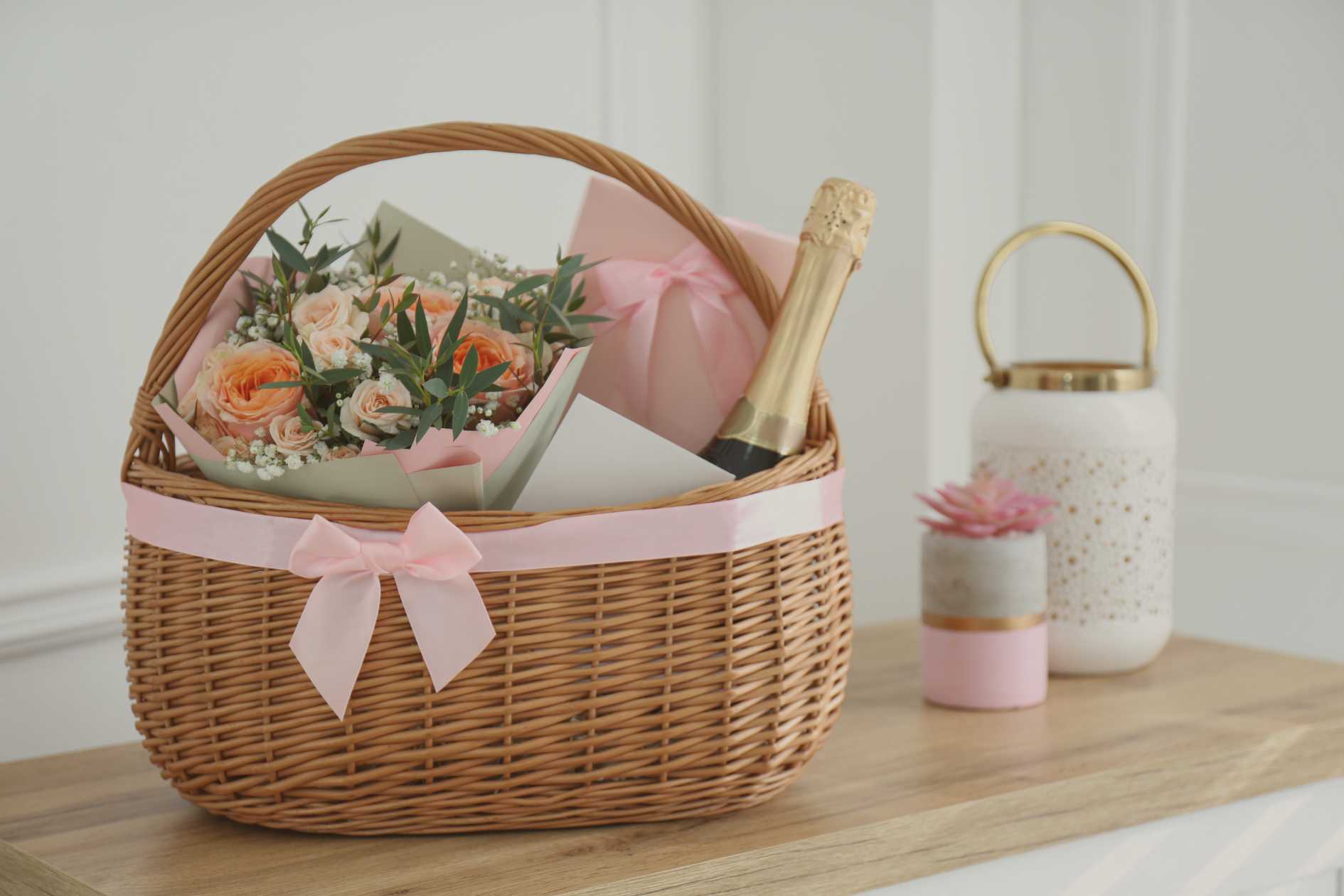
Curated Gift Hampers
Explore our meticulously curated selection of gift hampers, thoughtfully assembled to suit every occasion and recipient. From gourmet food hamper to luxurious indulgences, each hamper is designed to delight the senses and convey your heartfelt sentiments.
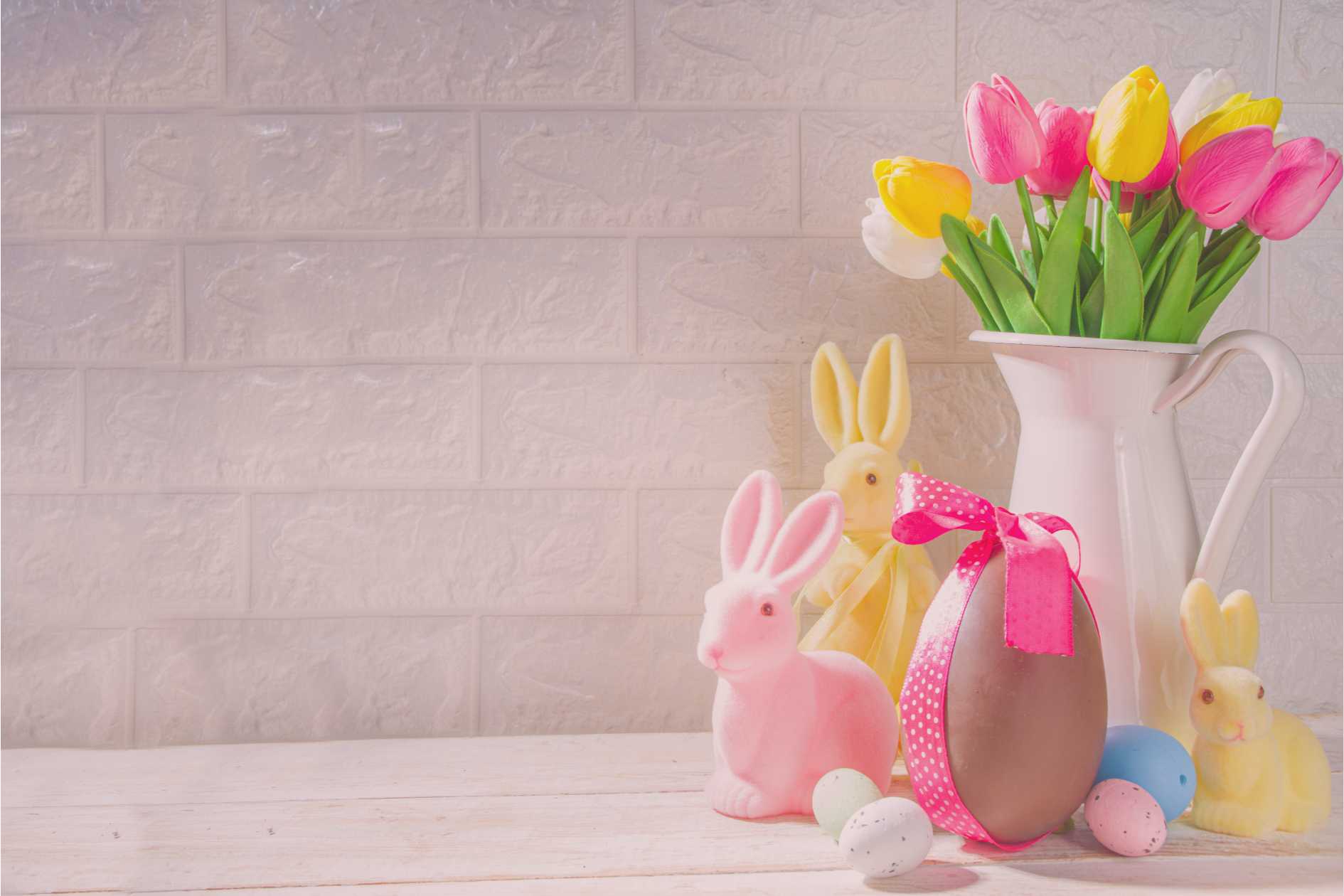
Sustainable Gifting
At Shop Modernly Modest, we’re committed to sustainability. Choose from our eco-friendly gift options, including organic products, reusable packaging, and ethically sourced goods, and give the gift of sustainability without compromising on style or quality.
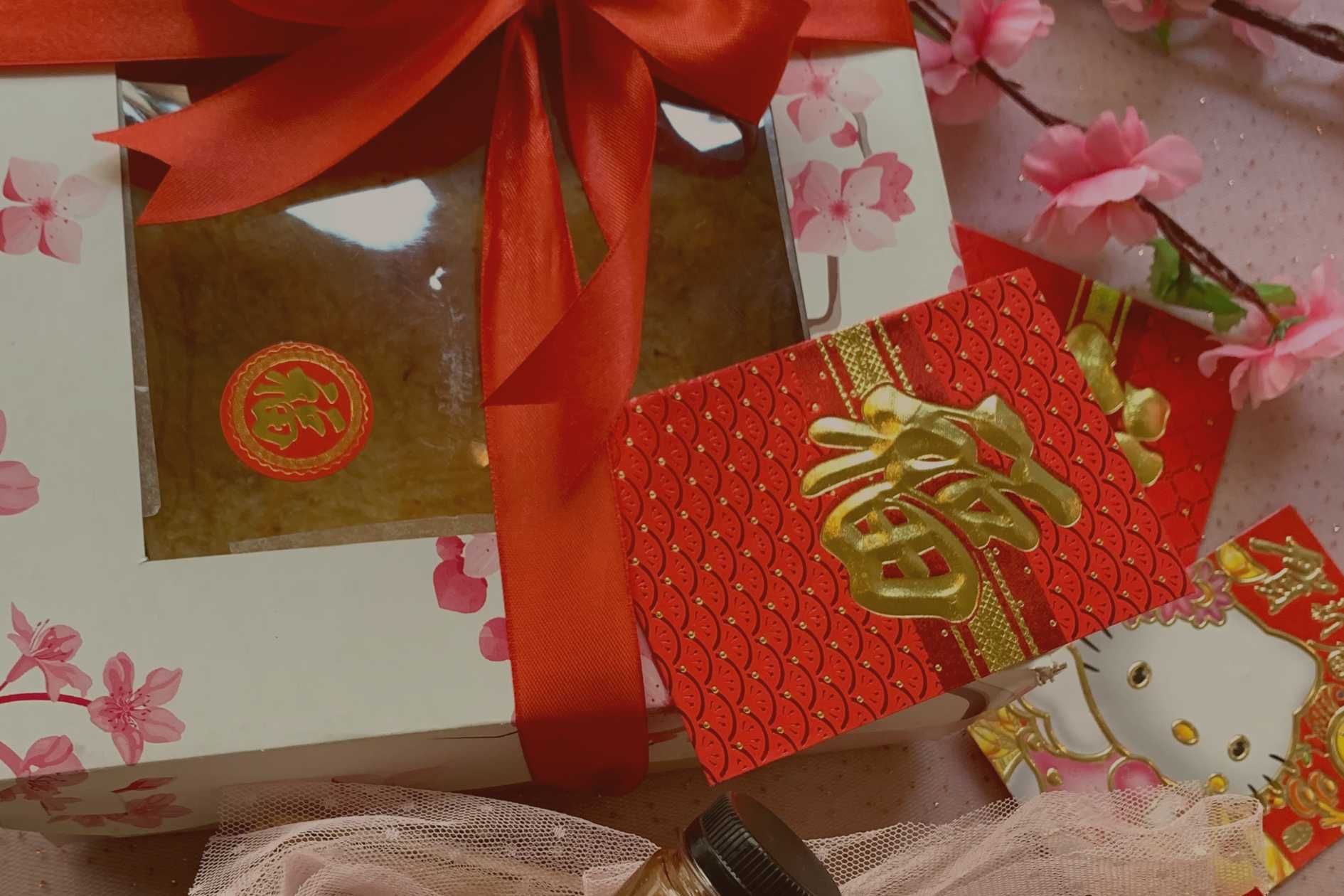
Personalized Add-ons
Make your gift truly unique with our range of personalized add-ons. From engraved wine glasses to custom message cards, we offer a variety of options to add a personal touch and make your gift extra special.
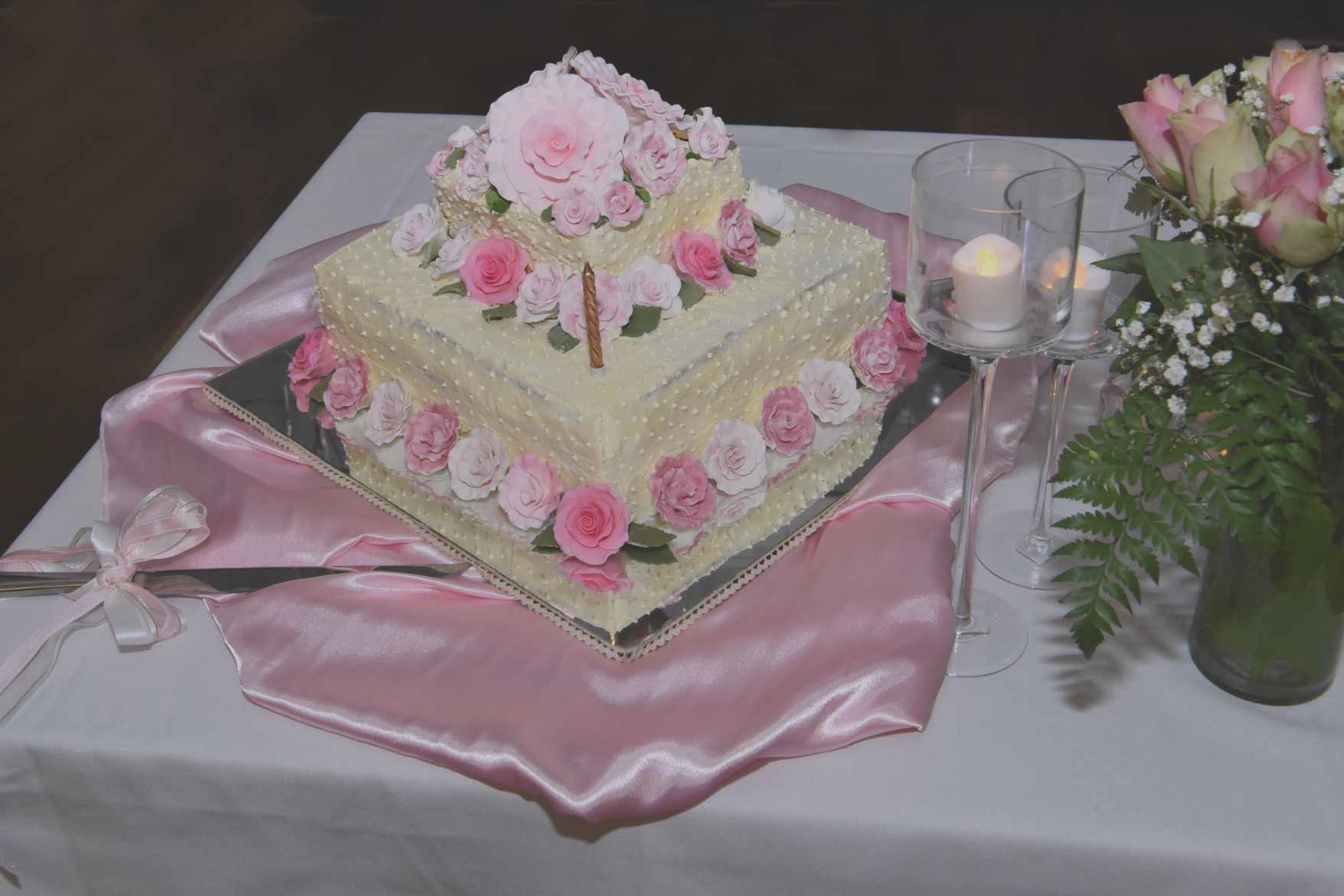
Special Occasion Hampers
Celebrate life’s special moments with our collection of occasion-specific hampers. Whether it’s a birthday, anniversary, wedding, or new arrival, we have the perfect gift to mark the occasion in style.

Our Blogs
Corporate Baby Gift Box Ideas for Welcoming Team Members with Style
Corporate Gifting Companies in Australia: How to Choose the Right Partner
What Are the Top Uses of Custom Lanyards at Global Conferences?
What Are the Most Cost-Effective Custom Promotional Products for Global Campaigns?
Choosing the Best Pilates Machine for Home Workouts in Australia
Top Mother’s Day Hampers in Australia: Spoil Mum with Something Special
Beautiful Mother’s Day Hampers: A Gourmet Treat for Mum
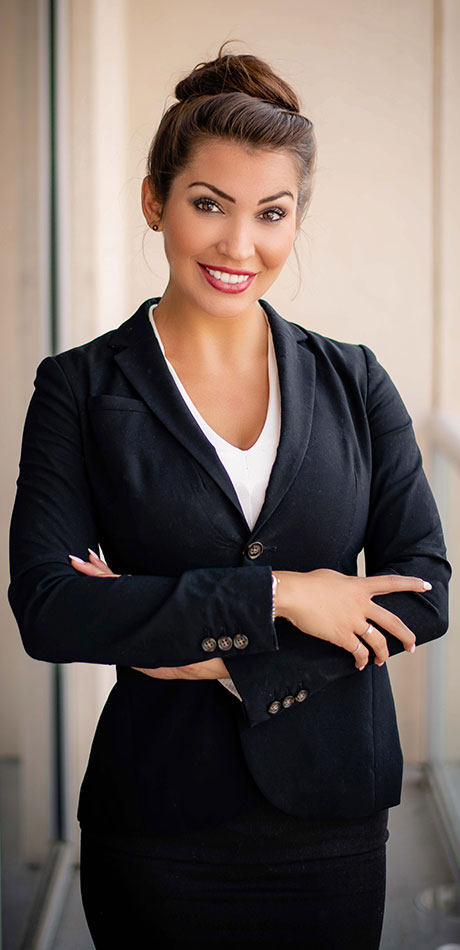
Happy Customers
Absolutely! Here are some fictional happy customers of Shop Modernly Modest




